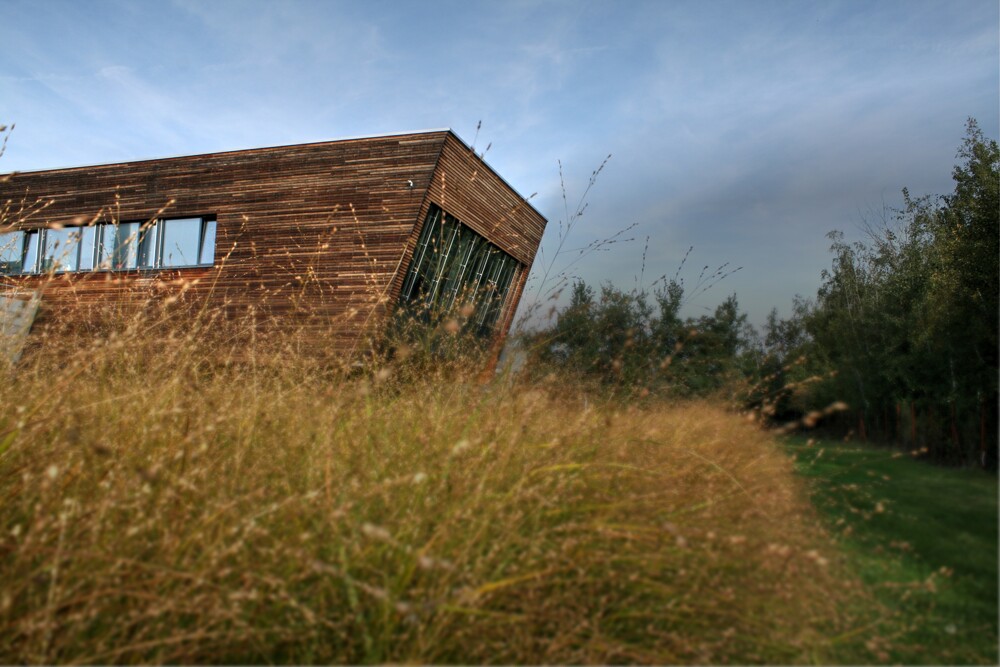

The University Centre for Energy-Efficient Buildings of the Czech Technical University, in cooperation with KRONOSPAN OSB, experimentally verified the conditions under which it is possible to create load-bearing wooden structures with the use of OSB boards using the endless laying method on real-size models.
Designing and implementing wooden constructions using OSB boards is absolutely common today. They are used, for example, as load-bearing cladding for wooden wall frames, in ceiling structures or for roof panels. In the case of prefabricated production, the use of OSB boards is optimized to minimize the possible cut-through, on the contrary, in construction site assembly, there is a higher proportion of non-use of the delivered material, which ends up as recyclable waste. The effort to reduce its amount then leads to pressure on the designer to agree to non-standard solutions for surface structures in the form of endless laying, when the boards are not cut and end up outside the supports.
Logically, the question for a composition created in this way is the stiffness and deformation of the unsupported T-joint, which changes with the thickness of the board and the given distance of the supports. Stiffness and deformation values cannot be derived from current standards, so it was necessary to destructively test the load-bearing floors on real-size models.
Through a set of tests, it was possible to unequivocally demonstrate that the creation of a structure from OSB boards by the method of endless laying is definitely possible. In the case of single-layer compositions, it is especially advantageous when creating roof structures (flat and slanted), with point loads from 1.0 to 2.0 kN. There are no such high requirements for stiffness, or bending directly at the T-joints. Single-layer laying is possible for ceiling hinges if the floor structure on the hinge is sufficiently rigid to distribute possible point loads.
For ceiling or even floor constructions on beams or pillows, it is more appropriate to use two-layer compositions (2x15 mm or 2x18 mm), where endless laying is advantageous especially for larger spans. The individual layers of boards must be connected by a combination of gluing and screwing, or gluing and stapling. OSB boards with a thickness of 2x18 mm connected in this way are capable of carrying characteristic point loads from 2.0 to 3.0 kN with a support span of up to 1,100 mm.